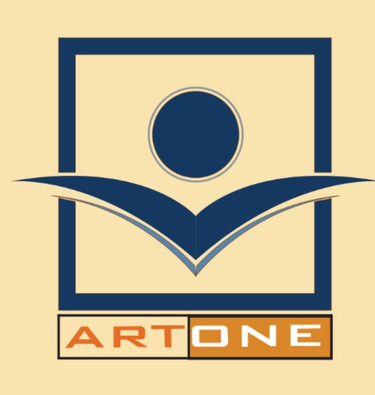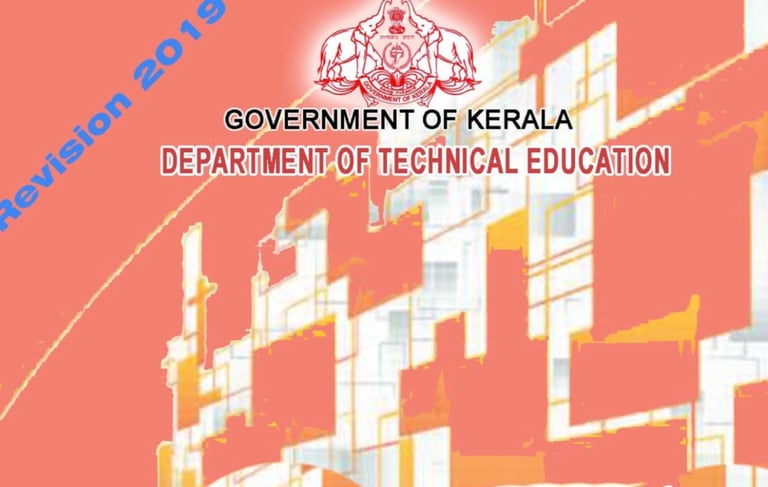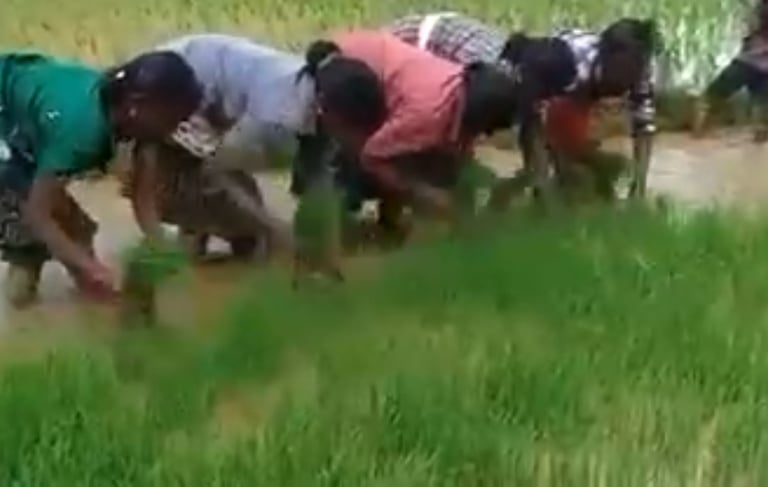admissionS open: +91 7591-91-54-45
Our WHY






Why KGCE?
Why Art in Education?
Why ART?
Why ART?
Art is the human way of making meaning. It is how we express what we feel, see, imagine, or struggle to understand — using color, sound, movement, words, or form. Art translates experiences that cannot be explained through logic alone; it connects our inner world with the outer world. Whether through a child’s drawing, a traditional folk song, a mural on a village wall, or a digital animation, art invites us to observe, reflect, question, and feel. It shapes culture, builds identity, and opens pathways to empathy, creativity, and discovery — making life richer and more human. Art is also what sets humans apart from all other species; no other animal creates art for joy, meaning, or communication in the way we do. It is the deepest expression of our humanity.
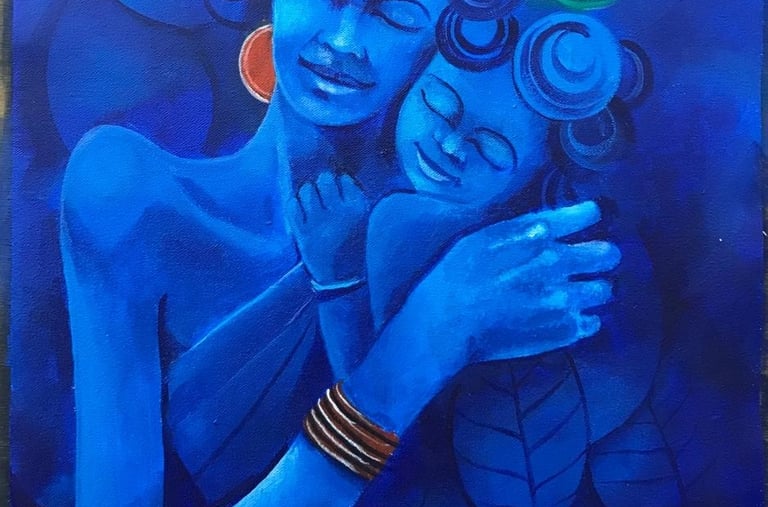

Why Art in Education?
Art in education matters because it helps children think, feel, and understand the world in deeper, more human ways. Through drawing, music, movement, and storytelling, students learn to observe, imagine, solve problems, and express themselves with confidence. Art nurtures emotional balance, cultural identity, and creativity — qualities that traditional academics alone cannot offer. In today’s world, where excessive screen time is causing insecurity, impatience, and even depression among children, art becomes a powerful antidote. It brings children back to their senses, back to hands-on creation, and back to themselves. When art becomes part of learning, education turns joyful, meaningful, and connected to real life, helping young people think beyond the obvious, find their own solutions, and live with passion, purpose, and well-being.


What happens if there is NO ART in education?
When there is no art in education, learning becomes narrow, mechanical, and disconnected from human experience. Without opportunities to draw, sing, imagine, or create, children lose essential pathways for emotional expression, cultural identity, and creative thinking. They may learn to memorize information, but struggle to understand themselves, communicate their feelings, or think beyond fixed answers. A system without art produces technically skilled individuals but emotionally fragile, less innovative, and less empathetic humans — missing the balance that makes education truly complete.
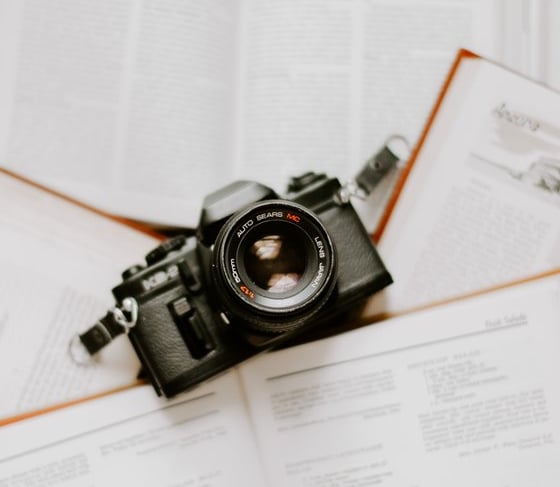

Why KGCE?
Kerala Government Certificate Education (KGCE) is one of the most accessible pathways to become an art teacher, giving young people meaningful employment while helping children express and explore their talents from an early age. Through art, students learn to communicate, heal, imagine, and grow — developing emotional strength, social skills, and a sense of humanity. In a place like Wayanad, where many communities have faced generations of marginalization, art-based education becomes a path to dignity, collaboration, and shared belonging. It teaches children to work with others, value their culture, and contribute to the community with pride. ARTONE helps fill this gap by creating a learning space where creativity, identity, and community come together — empowering Wayanad’s children to live with confidence, dignity, and purpose.
Wayanad & Education.
Wayanad, a lush district in the Western Ghats, is a place where nature, history, and indigenous culture meet. Home to ancient tribes such as the Paniyas, Adiyas, Kurumas, Kurichyas, and Kattunayakans, its rich traditions, languages, and art forms are deeply rooted in the forests and hills that surround them. Yet migration, deforestation, and modernization have disrupted their lands and livelihoods, creating ongoing challenges in education, healthcare, and access to basic services. Although Wayanad has 301 schools—from primary to higher secondary—along with CBSE, ICSE, DIET, and central schools, there is still no public institution dedicated to art-based learning. Despite hardships, the people of Wayanad remain creative, resilient, and connected to their heritage, inspiring ARTONE’s mission to build an education model where art, culture, and community help bridge tradition with transformation. (Wayand & Education)
office address
Artone Institute Nalloornad. P O. Mananthavady. Wayanad. Kerala. India pin: 670-645
Email: artoneinstitute@gmail.com
Admission: +91 9947 10 93 73
Admission: +91 8947 90 89 79
Office : +91 7591 91 54 45
© 2025. All rights reserved.
Map -direction
